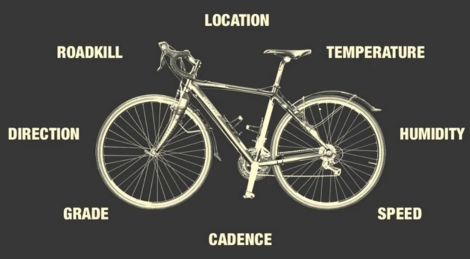
[BiOzZ] built a pressure sensitive camera accessory to snap pictures at just the right moment. Before turning out all the lights the camera is set up with a twenty-second timer and a three-second exposure. The pressure plate doesn’t take the photo, but fires the flash to catch an image in the middle of the action.
The hack uses a piece of acrylic as the base of the pressure plate. A switch is constructed by placing aluminum tape on the base, and attaching a thin metal strip that is bent to add just a bit of spring. When an object is place on the plate the thin metal contacts the aluminum tape completing the circuit, a change in the weight breaks it. A simple circuit connects to this, using a relay to actuate the flash from a disposable camera. This is perfect for documenting the moment when you exercise that fruit-induced rage that has been consuming you lately.














